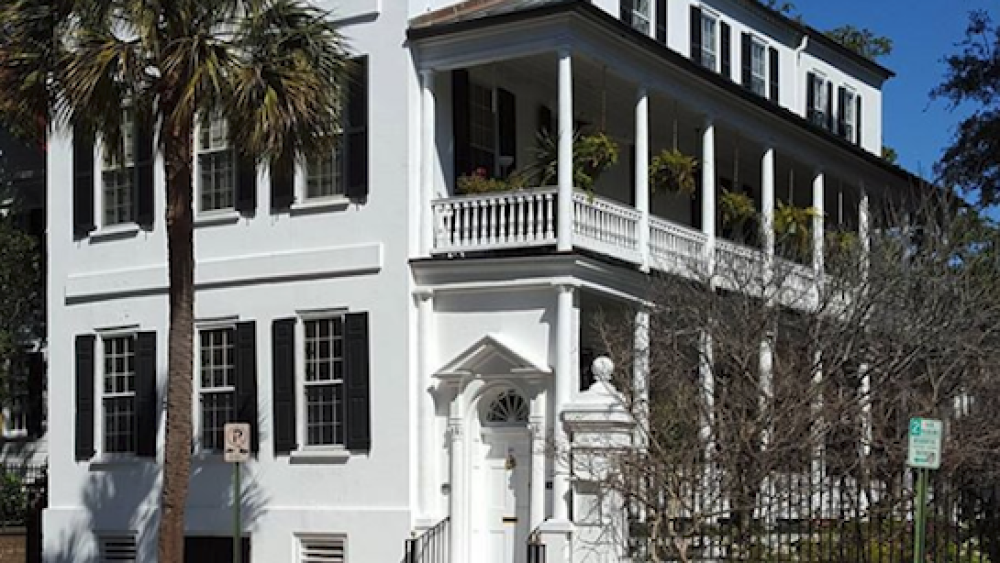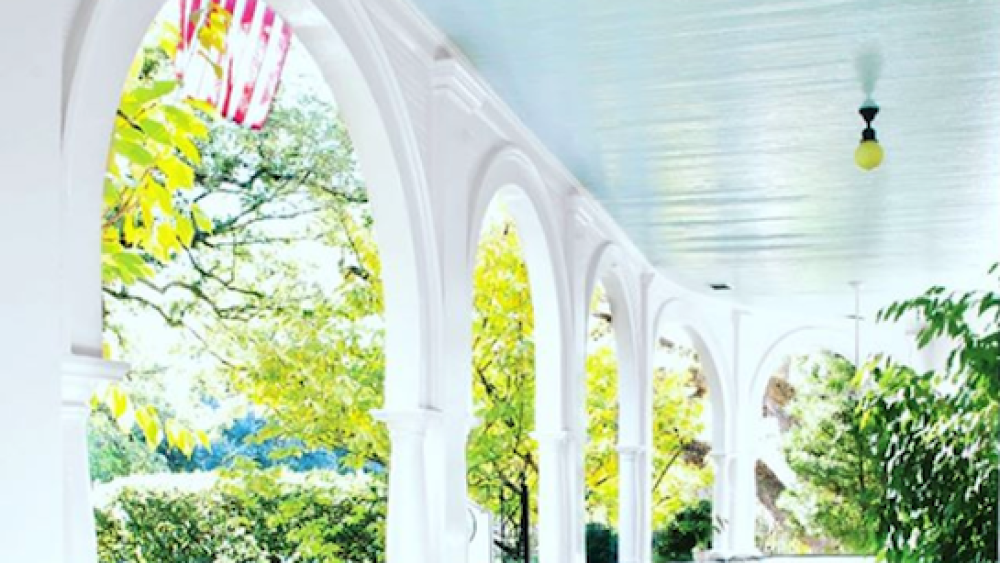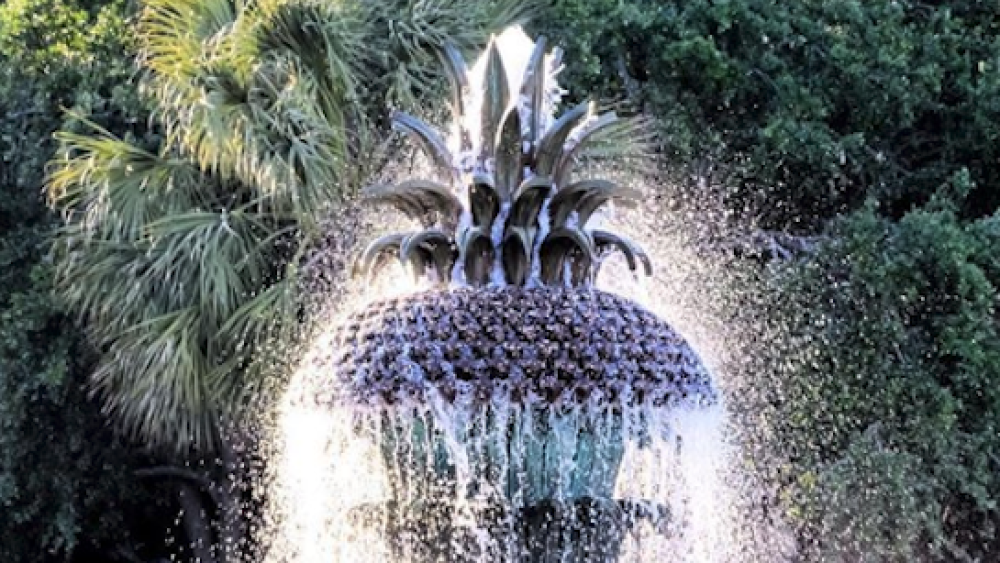Did you know? The eastern Caribbean island of Barbados shaped Charleston into what it is today.
The British landed in Barbados, where they settled + developed sugarcane plantations. The land had become scarce (not to mention expensive), so Barbados planters set out on an expedition north, looking for an area to expand their operations — after all, the island is only 166 square miles.
In 1670, three English ships sailed up the Ashley River and reached Albemarle Point, which is now known as the state historic site of Charles Towne Landing. With the journey deemed a success, more ships set sail from Barbados to the Carolinas, eventually leading to Charleston becoming a colony of Barbados.
In the first two decades of settlement, the majority of Carolina’s population came from Barbados. Influencing some of the Holy City’s most popular aesthetics — like the style of homes, paint colors, and cobblestones.
Keep reading to learn what you can spot around the Lowcountry that was inspired by Barbados.
Architecture
One of the most recognizable architectural influences is the “single house,” also called “longhouse.” These abodes, which are popular on the peninsula, are homes with a narrow facade on the street side, often including a large piazza or porch. In the late 17th century, a series of fires destroyed most of the single houses in Bridgetown, Barbados.

You’ll see this style of home along the Holy City’s peninsula.
Photo by @dtnash
Have you ever noticed that several of these single houses’ doors, shutters, and porch ceilings are painted light blue? Tradition is rooted in this Lowcountry home decorating staple. We’re taking Haint Blue.
Gullah Geechee descendants of the enslaved planters believed the soft, blue-green paint would keep the “haints,” or evil spirits, away. Check out more of the paint’s history and 10+ variations of the color you can try on your home.

Haint blue keeps the spirits at bay.
Photo by @lowcountryrevival_chs
Continuing with color, the bold, pastel hues seen on the exterior of Holy City homes are a strong representation of the Barbados culture.
One of Charleston’s most recognizable + photographed areas is the iconic Rainbow Row. In 1931, Judge Lionel Legge and his wife Dorothy Porcher Legge purchased a section of homes and started renovating, they chose to paint the exterior of the houses in a bright, pastel pink — as an homage to the city’s Colonial Caribbean heritage roots. Which was popular with their neighbors who took to the style and decided to paint their abodes in bold, Caribbean colors.
Layout
According to Rhonda Green, founder of the Barbados and The Carolinas Legacy Foundation, Charleston + Bridgetown (the capital of Barbados) have almost the same layout. Both cities have the same cobblestone streets, which are lined with crape myrtle trees, and colorful buildings. The cobblestone was brought to both Barbados + Charleston as ballast in sailing ships from England. The stones were later utilized to build roads, versus being thrown into the harbor when they were no longer needed for ships.

The Pineapple Fountain is an iconic Charleston staple.
Photo by @chucktownart
Symbols
While pineapples don’t grow in Charleston, the symbol can be spotted across the Holy City. The fruit became synonymous with hospitality as the English sailed from the Caribbean to America. But, only for those who could afford them, shipping the fruit in hot, humid, climates was difficult (no one likes rotten produce), not to mention costly. A George Washington-era pineapple would cost as much as ~$8,000 using today’s currency.
For those who could not serve a fresh pineapple, which acted as a symbol of wealth and welcome, households would display images of the fruit to show guests that they would be received within an accommodating atmosphere.
While we were only able to touch on a small tidbit of the overlap of cultures, Warren Alleyne + Henry Fraser capture the full shared history + architecture of Barbados and Charleston in their book, “The Barbados-Carolina Connection.”











